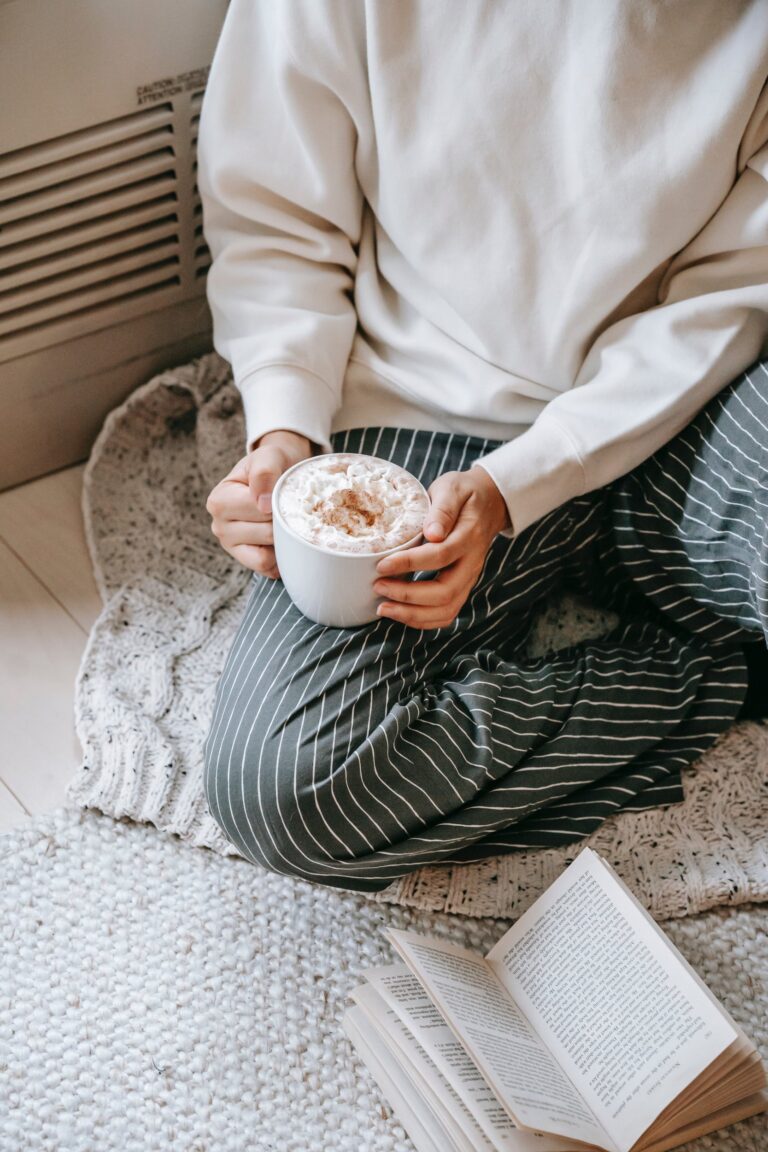The life expectancy of a furnace typically ranges from 15 to 20 years. However, several factors, including maintenance, usage, and installation quality, can impact how long your system operates efficiently. In fact, some furnaces may last longer with proper care. For this reason, understanding the signs of aging can help you plan for repairs or a replacement before a complete breakdown occurs.
Factors That Affect Furnace Lifespan
Several factors influence how long a furnace lasts. For example, some systems require more maintenance than others. Additionally, proper installation plays a big role in efficiency. Here are the key factors:
✅ Type of Furnace – Gas furnaces typically last 15-20 years, while electric furnaces can last 20-30 years.
✅ Regular Maintenance – Annual tune-ups extend a furnace’s life by preventing wear and tear.
✅ Quality of Installation – A poorly installed system may fail sooner than expected.
✅ Usage Frequency – A furnace that runs constantly will experience more strain and require replacement sooner.
✅ Air Filter Changes – Dirty filters restrict airflow, forcing the furnace to work harder and reducing its lifespan.
Because of this, routine maintenance is crucial for maximizing efficiency. Not to mention, regular servicing can prevent major issues before they start.
Signs Your Furnace is Nearing the End of Its Life
If your furnace is 15 years or older, watch for these warning signs. Otherwise, you may face an unexpected breakdown:
- Rising Energy Bills – Older systems lose efficiency, leading to higher heating costs.
- Frequent Repairs – Constant breakdowns indicate that major components may be failing.
- Uneven Heating – Some rooms may feel too hot while others remain cold.
- Unusual Noises – Banging, rattling, or screeching sounds suggest internal wear.
- Yellow Burner Flame – A blue flame is normal, but a yellow flame may indicate carbon monoxide issues.
As a result, these issues should never be ignored. After all, replacing a failing furnace before it completely breaks down can save you money.
How to Extend the Life of Your Furnace
To maximize your furnace’s lifespan, follow these maintenance tips. That way, you can avoid costly repairs:
🔹 Schedule Annual Maintenance – Professional inspections keep your system running efficiently.
🔹 Replace Filters Regularly – Change filters every 1-3 months to improve airflow.
🔹 Ensure Proper Ventilation – Blocked vents cause overheating and strain the furnace.
🔹 Use a Smart Thermostat – Reducing strain on your furnace can prolong its life.
🔹 Address Repairs Immediately – Small issues, if ignored, can lead to costly failures.
Similarly, investing in professional maintenance prevents unexpected breakdowns. So, if your furnace hasn’t been checked recently, it’s time to schedule a tune-up.
When Should You Replace Your Furnace?
If your furnace is more than 15 years old and requires frequent repairs, it may be time for an upgrade. Otherwise, you risk higher energy bills and reduced efficiency. Additionally, modern furnaces are designed to use less energy, meaning they can save you money in the long run.
Therefore, replacing an old furnace before it completely fails prevents costly emergency replacements. Because of that, many homeowners choose to upgrade before winter begins.
Schedule Furnace Maintenance with Steve Patrick Air
Want to extend your furnace’s life? Call Steve Patrick Air at 559-224-1729 for expert furnace maintenance, repairs, and energy-efficient upgrades today!
Follow us on Facebook!
Read about financing here!





